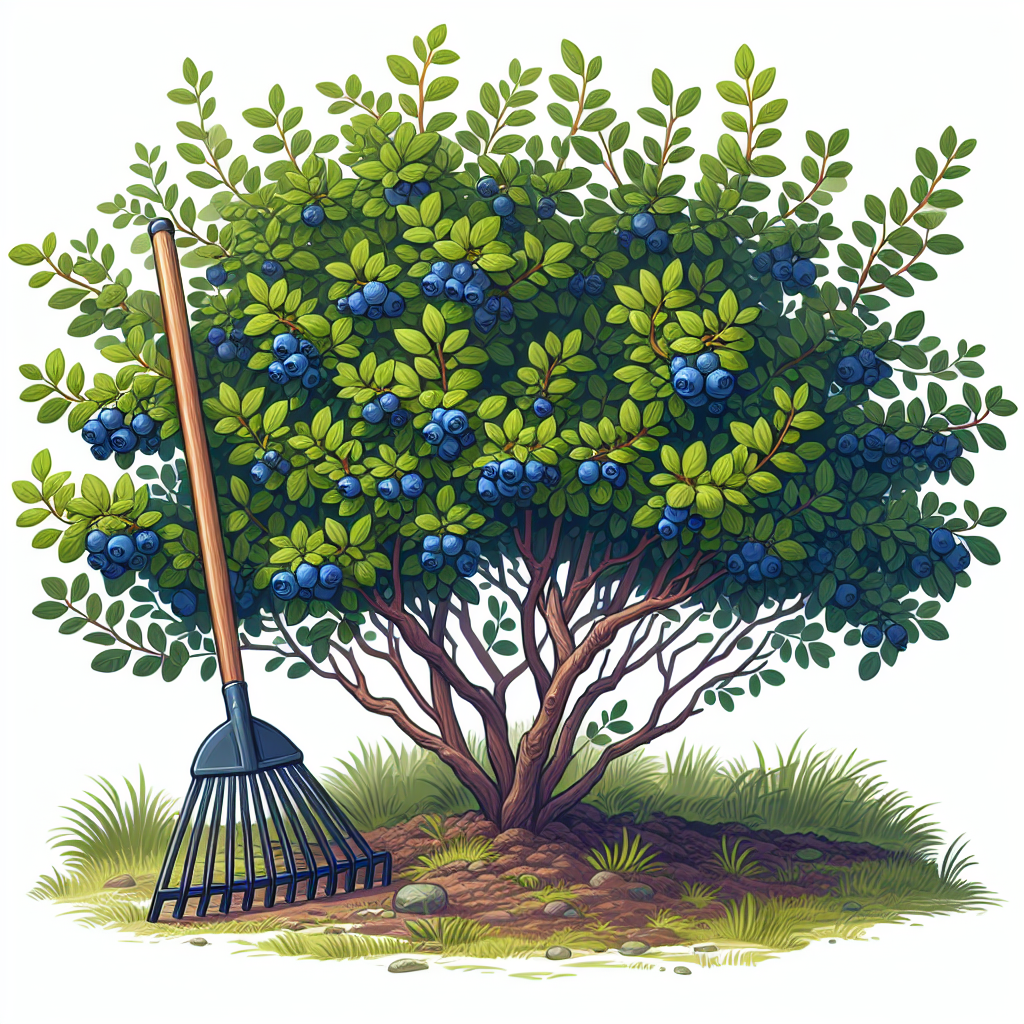
How big do blueberry bushes get
Introduction to Blueberry Bushes
Blueberries are not just a delightful addition to your garden; they are also nutrient powerhouses that provide a wealth of health benefits. Understanding how to properly care for these plants, including their size and growth habits, can make a significant difference in your gardening success. One important question that often arises for gardeners and berry enthusiasts alike is how big do blueberry bushes get? In this article, we’ll explore the growth patterns of blueberry bushes, their care, and the factors that influence their size.
Types of Blueberry Bushes
Before delving into size specifics, it’s important to note that there are various species of blueberry bushes, each with distinct growth characteristics. The three primary types include:
- Highbush Blueberries: Typically found in the U.S., these bushes grow 5 to 7 feet tall, making them great for home gardens.
- Lowbush Blueberries: These are often shorter, with a height of 1 to 2 feet. They spread horizontally, offering a unique growth habit.
- Rabbiteye Blueberries: Native to the Southeastern U.S., these bushes can grow up to 6 feet tall. They thrive in warmer climates.
Average Heights of Blueberry Bushes
In general, the height of blueberry bushes varies significantly depending on the type and the care they receive. Here’s a quick overview:
| Type of Blueberry | Typical Height | Growth Habit |
|---|---|---|
| Highbush | 5-7 feet | Tall and erect |
| Lowbush | 1-2 feet | Spreading |
| Rabbiteye | 4-6 feet | Tall and bushy |
Factors Influencing the Size of Blueberry Bushes
Several factors contribute to how big blueberry bushes get, including:
- Genetics: The specific variety of blueberry can dictate its ultimate size.
- Soil Conditions: Acidic soil with a pH between 4.5 and 5.5 encourages healthy growth.
- Watering Practices: Consistent moisture without waterlogging can lead to optimal growth.
- Sunlight Exposure: Blueberries thrive when exposed to full sun for 6 to 8 hours a day.
- Fertilization: A balanced fertilizer that meets their specific nutrient needs will promote healthy growth.
Soil Preparation for Blueberry Bushes
Soil preparation is essential for ensuring blueberry bushes reach their maximum height. Here’s how to prepare your soil:
- Test the soil pH to ensure it is acid enough for blueberries.
- Add organic matter such as peat moss to improve soil structure.
- Incorporate well-balanced fertilizers designed for acid-loving plants.
Pruning Your Blueberry Bushes
Pruning is another crucial aspect of managing blueberry bush size. Regular pruning helps control height and encourages better fruit production. Here’s what you need to know:
- Prune during late winter or early spring before the buds swell.
- Remove any dead or diseased branches.
- Thin the bush to promote airflow and sunlight penetration.
- Consider cutting back older, less fruitful canes to encourage new growth.
Signs of Healthy Growth
When determining if your blueberry bushes are thriving, look for the following signs:
- Vibrant green leaves that do not show signs of wilting or discoloration.
- New growth visible each season, indicating that the plant is maturing.
- A bountiful crop of fruit during the harvest season.
Common Problems Affecting Blueberry Bush Size
Several challenges might hinder the growth of blueberry bushes:
- Pests and Diseases: Aphids, root rot, and fungal infections can severely disrupt growth.
- Nutrient Deficiencies: Insufficient nitrogen or iron can stunt growth.
- Weather Conditions: Extreme temperatures can inhibit growth or kill off plant parts.
Managing Pests and Diseases
To keep blueberry bushes healthy and promote adequate growth, consider the following preventive measures:
- Regularly inspect plants for pests or signs of disease.
- Apply organic pest control products as needed.
- Rotate planting areas if convenient to avoid localized infestations.
Harvesting Blueberries
Knowing how big do blueberry bushes get also helps in understanding when and how to harvest the fruit. Harvesting typically occurs in the summer, often peaking in July. Here are some tips for a successful blueberry harvest:
- Pick when the blueberries show a deep blue color and are free from any red streaks.
- Use gentle pressure to avoid damaging the fruit.
- Store harvested berries in a cool place to maintain freshness.
Using Blueberries in Your Kitchen
Fresh blueberries are versatile and can be used in various recipes, including:
- Fresh salads
- Baking (muffins, pies, and bread)
- Smoothies
Conclusion: Embrace Your Blueberry Bushes
Understanding the size and care of blueberry bushes can enhance your gardening experience, culminating in a bountiful harvest of delicious berries. Whether you have limited space opting for lowbush blueberry varieties or a sprawling garden filled with highbush bushes, they are sure to be a rewarding addition. With consistent maintenance and attention to their growth factors, you can enjoy the fruits of your labor for years to come. So, delve into the world of blueberry gardening with confidence!
By Guest, Published on September 15th, 2024